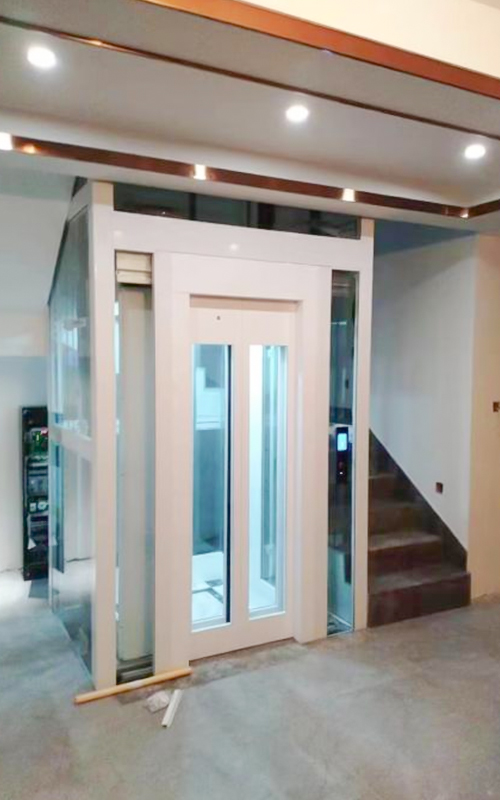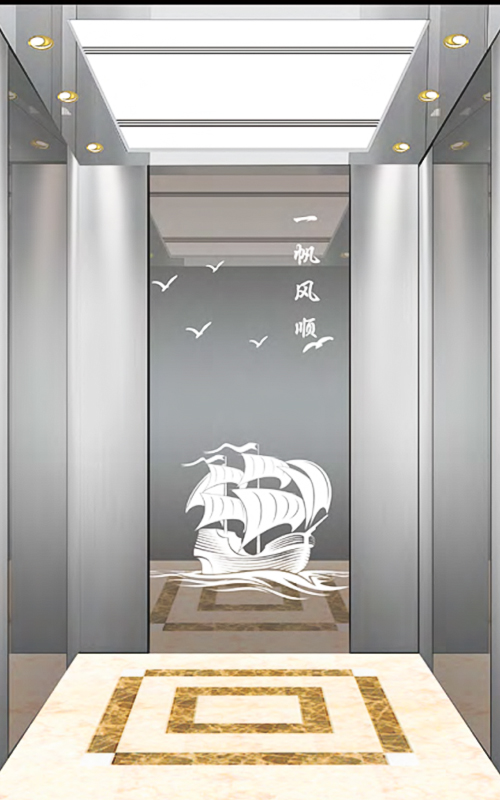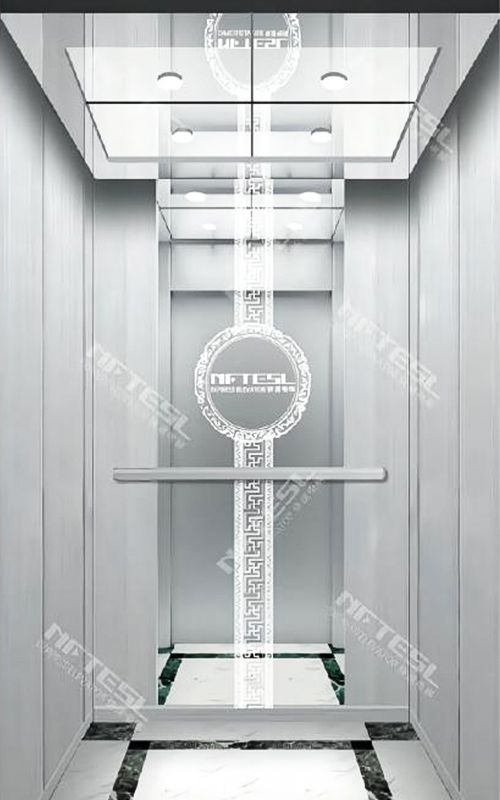When using a Sightseeing elevator with bent steel plates, several safety standards and regulations must be considered to ensure the safe operation of the elevator system. While I can provide some general guidance, please note that specific regulations can vary by country or region. It is always essential to consult local building codes and elevator regulations for precise requirements. Here are some common safety standards and regulations related to the use of bent steel plates in elevators:


Elevator Codes and Standards: Elevator systems are subject to specific codes and standards that govern their design, installation, maintenance, and operation. These codes vary by country or region, such as the ASME A17.1/CSA B44 Safety Code for Elevators and Escalators in the United States and Canada, or the EN 81 series in Europe. These codes provide detailed requirements for various elevator components, including the materials used.
Structural Integrity: Bent steel plates used in elevator construction must meet structural integrity requirements to ensure they can withstand the loads and forces encountered during normal operation, including the weight of the elevator car, passengers, and other components. Structural design guidelines, such as calculating load capacities and performing stress analysis, should be followed to ensure the plates can handle the intended loads without failure.
Material Standards: The steel plates used in elevator construction should meet relevant material standards. These standards specify the quality, composition, strength, and other properties of the steel. Common material standards for steel plates include ASTM A36 (United States) or BS EN 10025 (Europe). The selection of the appropriate material should be based on factors such as load requirements, durability, and fire resistance.
Welding Standards: Welding is often involved in the fabrication and assembly of bent steel plates in elevators. Proper welding procedures and techniques should be followed to ensure strong and reliable weld joints. Welding standards, such as AWS D1.1 (United States) or ISO 3834 (Europe), provide guidelines for welding processes, qualifications, and inspection requirements.
Fire Safety: Elevators are subject to fire safety regulations to ensure the safety of occupants during emergencies. The use of materials with appropriate fire resistance, including the bent steel plates, is crucial. Fire safety standards, such as NFPA 101 (United States) or EN 81-73 (Europe), specify the fire-resistant requirements for elevator components, including the materials used in their construction.
Load Testing: Prior to the installation and commissioning of an elevator system, load testing is typically performed to verify the structural integrity and safety of the components, including the bent steel plates. Load tests simulate various operating conditions and verify that the elevator system can handle the specified loads without any issues.
Remember, these are general guidelines, and it is crucial to consult the relevant local codes, regulations, and standards applicable to your specific location when using bent steel plates in elevator construction. Additionally, involving qualified engineers, architects, and elevator specialists in the design, installation, and maintenance process is highly recommended to ensure compliance with safety standards and regulations.

 English
English Español
Español






